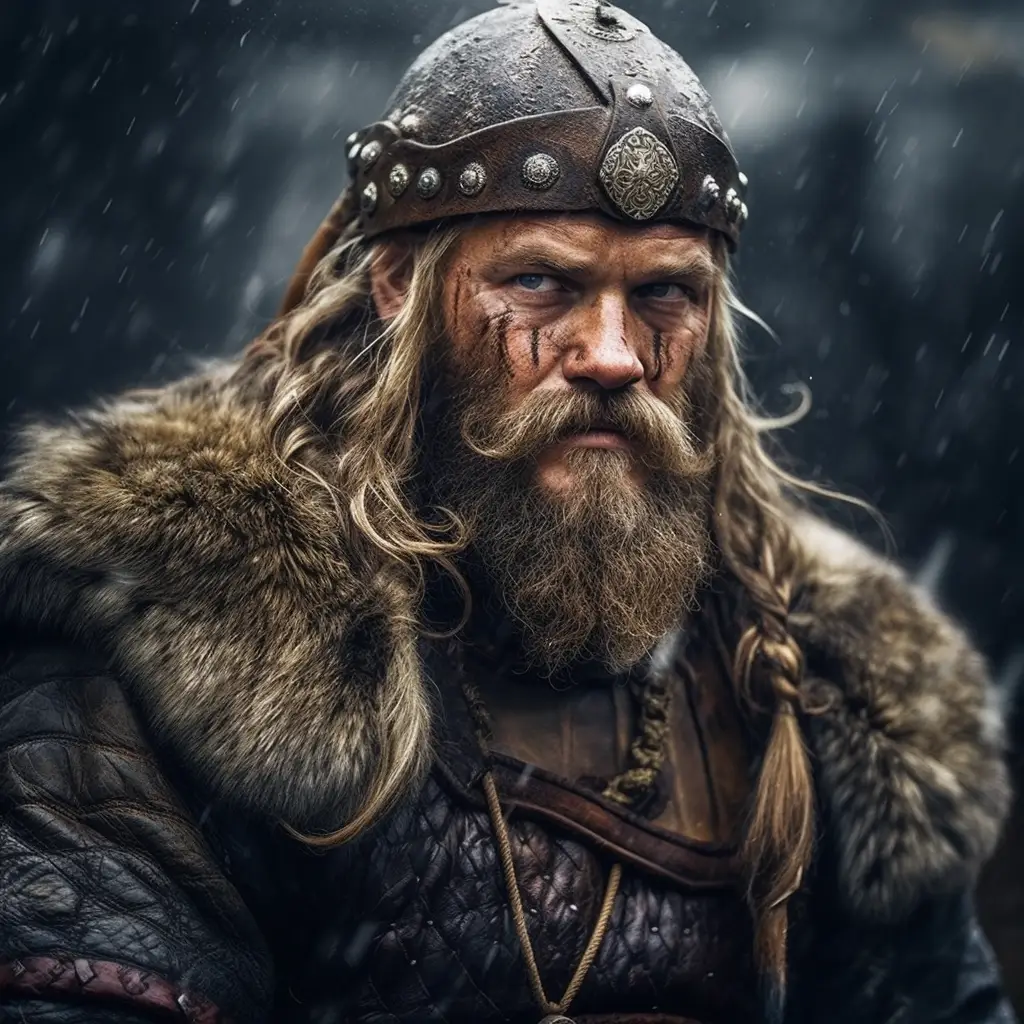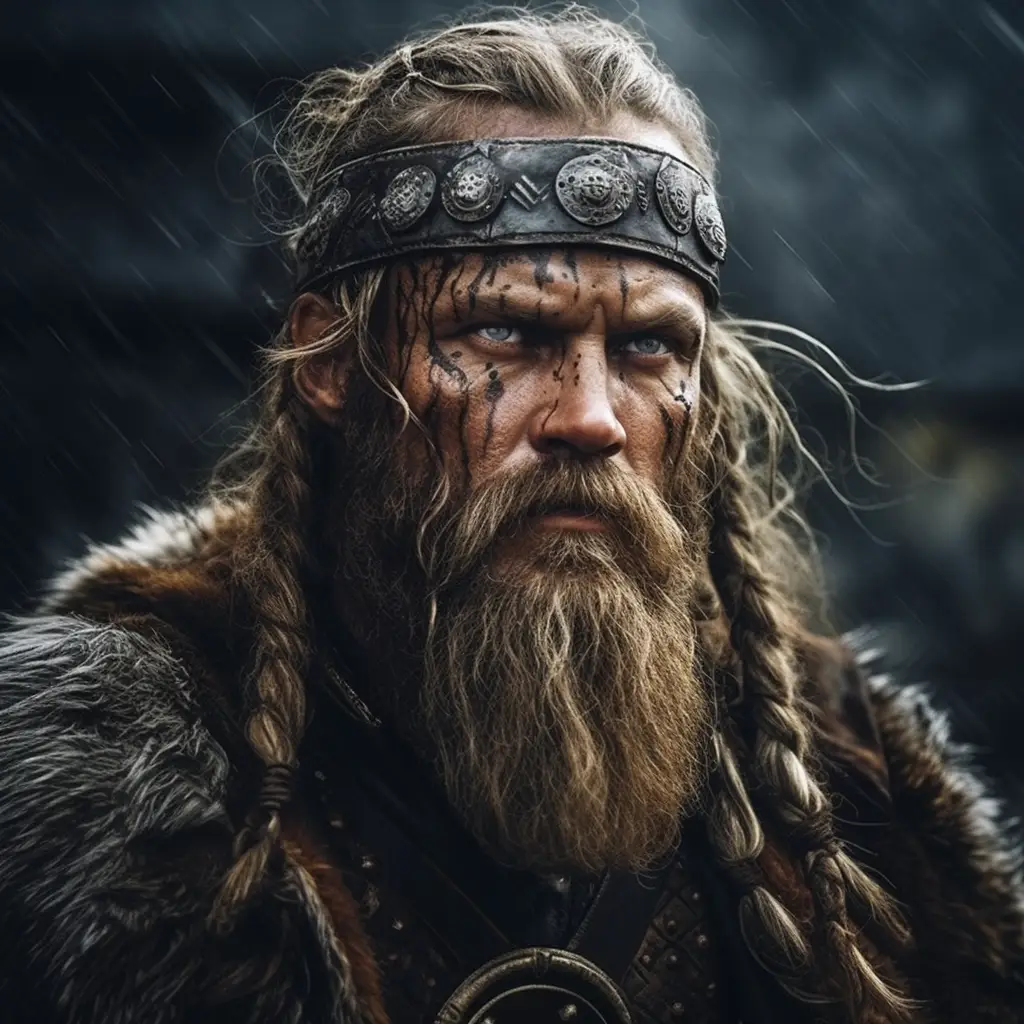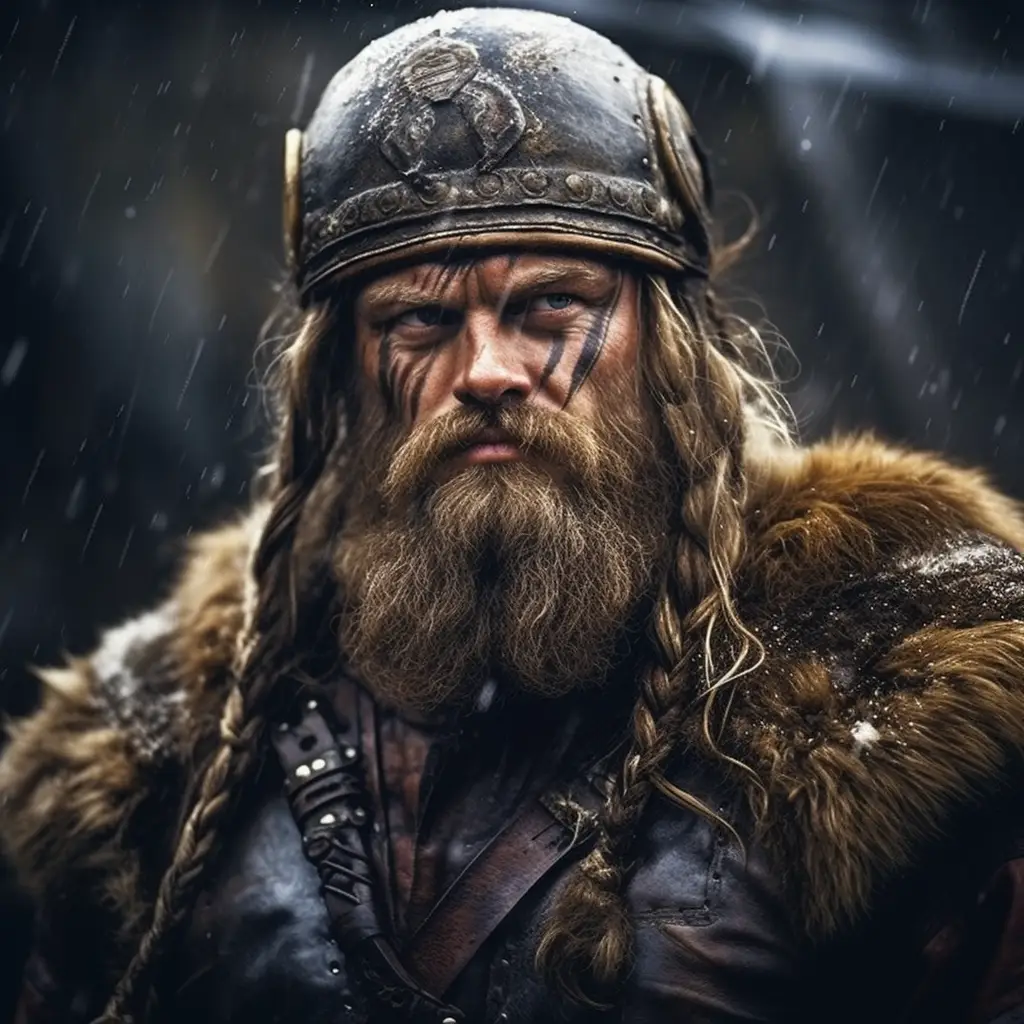Jarl” (also spelled as “earl” in Old English) was used in Viking society to denote a noble or high-ranking leader.
Leadership Role: Jarls were regional chiefs or nobles who held significant authority within a specific territory. They were responsible for maintaining order, settling disputes, and collecting taxes. The extent of their power could vary, and some jarls ruled over smaller regions, while others had more extensive domains.
Social Status: Jarls occupied a high social status in Viking society. They were often distinguished by their wealth, military prowess, and sometimes by their lineage. While not at the very top of the social hierarchy (that position was reserved for kings), jarls were influential figures with considerable prestige.
Military Leadership: Jarls were expected to be skilled warriors and leaders in battle. They often led their followers into conflicts and played a crucial role in the defence of their territories. Success in warfare was an essential aspect of a jarl’s reputation.
Political Structure: The political structure of Viking society allowed for a degree of autonomy among jarls. While they owed allegiance to a king, jarls had a certain level of independence in governing their regions. This decentralized structure sometimes led to power struggles and conflicts between different jarls.
Symbols of Authority: Jarls typically had symbols of their authority, such as a high seat or throne in their hall, and they might have had distinctive clothing or ornaments that set them apart from the general population.
Notable jarls are often mentioned in historical sagas and accounts of the Viking Age. Their role was crucial in maintaining stability within the broader framework of Viking political organization.
Here are some Jarls that are named in Sagas and historical accounts
Earl Ragnald (Rognvald) of Møre: Ragnald was a Norwegian jarl and a key figure in the Orkneyinga Saga. He was the father of the famous Viking, Rollo, who went on to become the first Duke of Normandy. Ragnald was a prominent political figure in Norway during his time.
Earl Haakon the Good: Haakon was a jarl of Hlaðir (Lade) in Norway during the 10th century. He is known for his efforts to Christianize Norway and his role in the Battle of Fitjar against the sons of Erik Bloodaxe. Haakon earned the epithet “the Good” due to his reputation as a just and wise ruler.
Earl Eiríkr Hákonarson: Eiríkr was another Norwegian jarl and a key figure in the early 11th century. He played a significant role in the Norwegian court and was involved in various conflicts. Eiríkr is mentioned in sagas like the Heimskringla, which covers the history of the Norwegian kings.
Earl Sigurd the Mighty: Sigurd was a prominent jarl of Orkney in the 9th century. He is known for his exploits in warfare, and he played a crucial role in expanding the influence of the Orkney jarldom.



